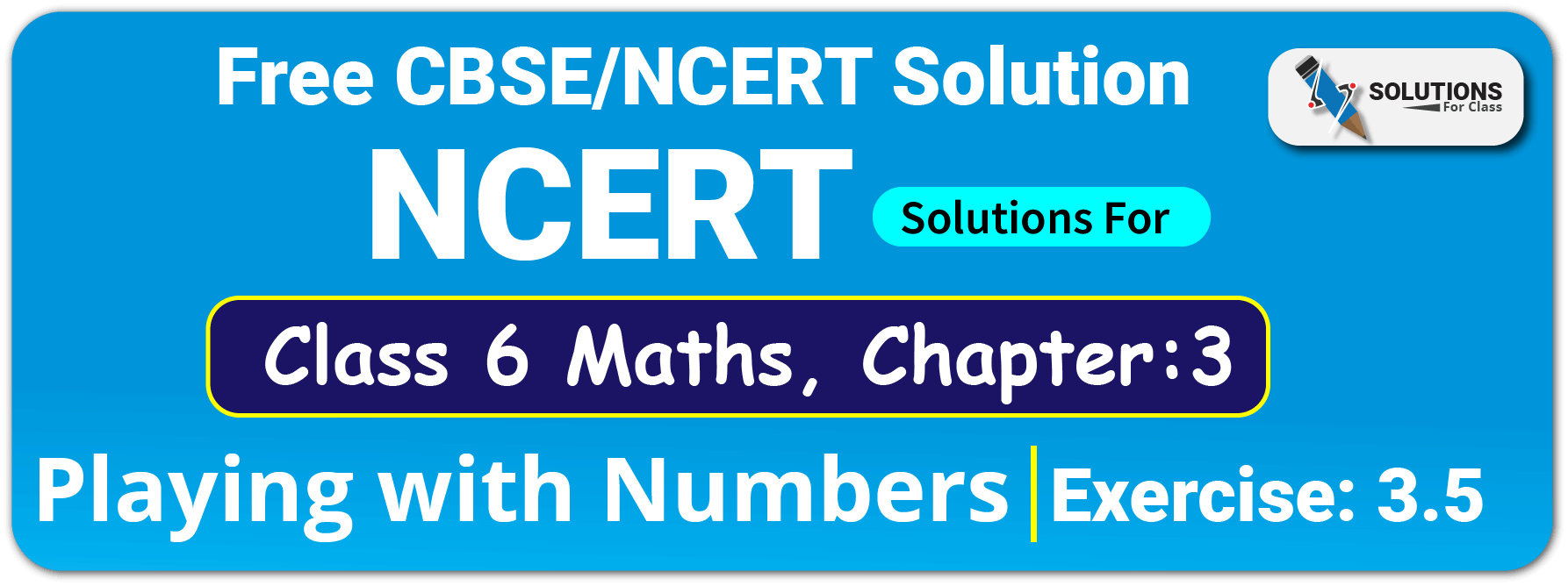
Table of Contents
ToggleClass 6, Maths, Chapter 3, Exercise 3.5 Solutions
Q.1. Which of the following statements are true?
(a) If a number is divisible by 3, it must be divisible by 9.
(b) If a number is divisible by 9, it must be divisible by 3.
(c) A number is divisible by 18, if it is divisible by both 3 and 6.
(d) If a number is divisible by 9 and 10 both, then it must be divisible by 90.
(e) If two numbers are co-primes, at least one of them must be prime.
(f) All numbers which are divisible by 4 must also be divisible by 8.
(g) All numbers which are divisible by 8 must also be divisible by 4.
(h) If a number exactly divides two numbers separately, it must exactly divide their sum.
(i) If a number exactly divides the sum of two numbers, it must exactly divide the two numbers separately.
Ans:
(a) False, 6 is divisible by 3 but is not divisible by 9
(b) True, as 9 = 3 × 3. Hence, if a number is divisible by 9, it will also be divisible by 3.
For example: Example: 27 is divisible by both 9 and 3
(c) True, 18 is the product of 3 and 6, so any number that is divisible by both 3 and 6 must also be divisible by 18.
Example: 36 is divisible by 18 and by both 3 and 6, because 3 and 6 are factors of 18
(d) True, 90 is the least common multiple (LCM) of 9 and 10, so any number that is divisible by both 9 and 10 must also be divisible by 90.
(e) False, Since 15 and 32 are co-primes and also composite numbers
(f) False, For example, 4 is divisible by 4, but not by 8.
(g) True, as 2 × 4 = 8. Any number that is divisible by 8 must also be divisible by 4, since 8 is the product of 4 and 2.
(h) True, as 2 divides 4 and 8 and it also divides 12 (4 + 8 = 12)
(i) False, For example, 5 exactly divides the sum of 3 and 7, but it does not exactly divide either 3 or 7 separately.
Q.2. Here are two different factor trees for 60. Write the missing numbers.
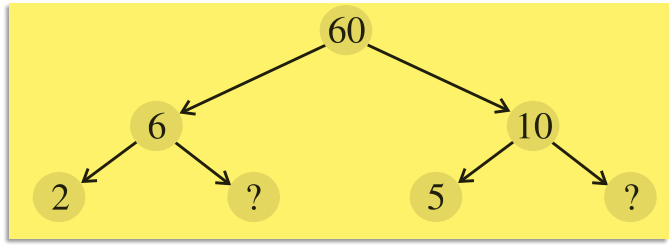
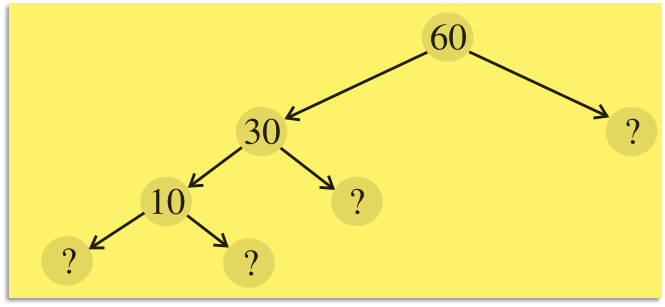
Ans:
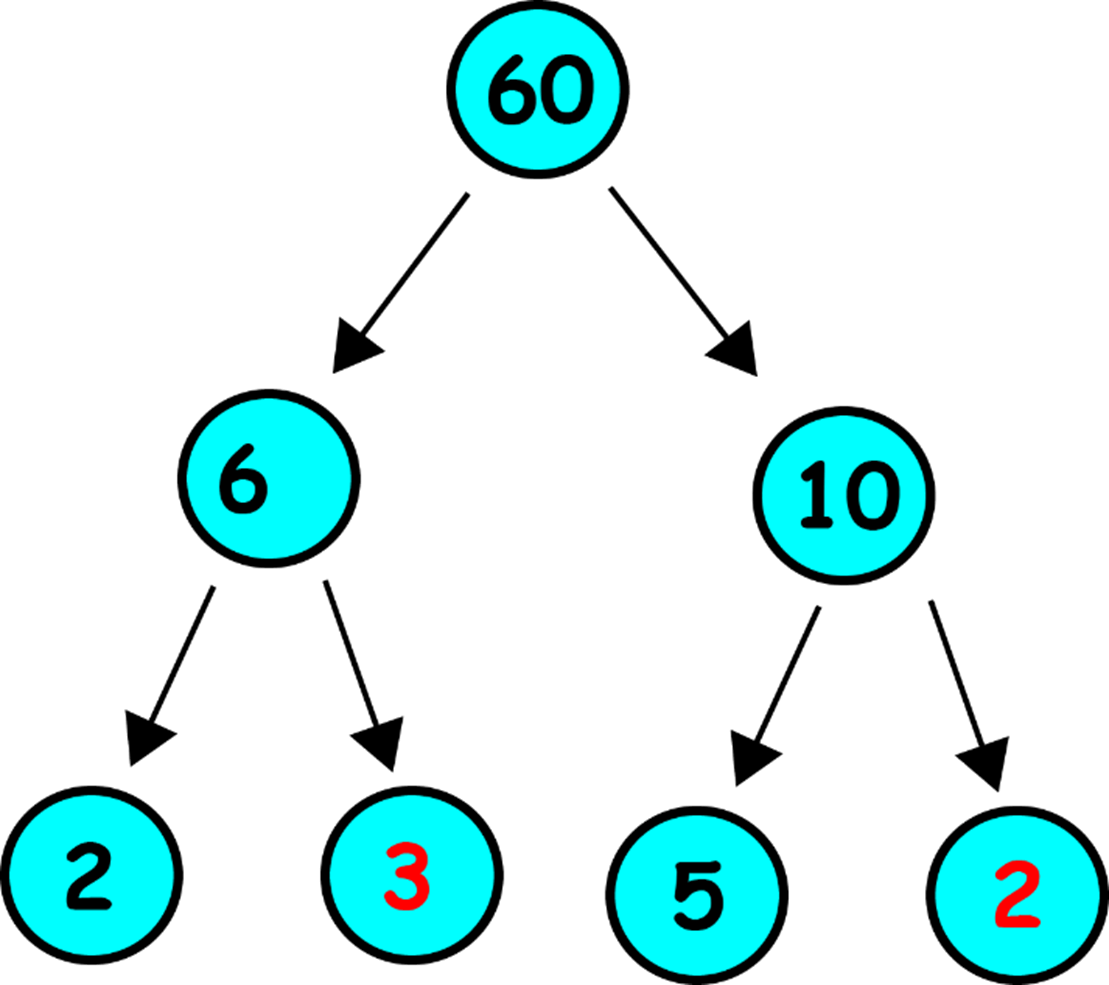
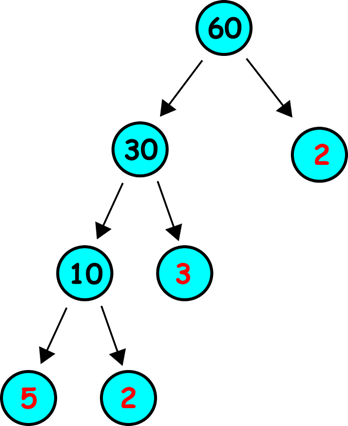
Q.3. Which factors are not included in the prime factorisation of a composite number?
Ans:
1 and the number itself are not included in the prime factorisation of a composite number.
Q.4. Write the greatest 4-digit number and express it in terms of its prime factors.
Ans: The greatest 4- digit number is 9999
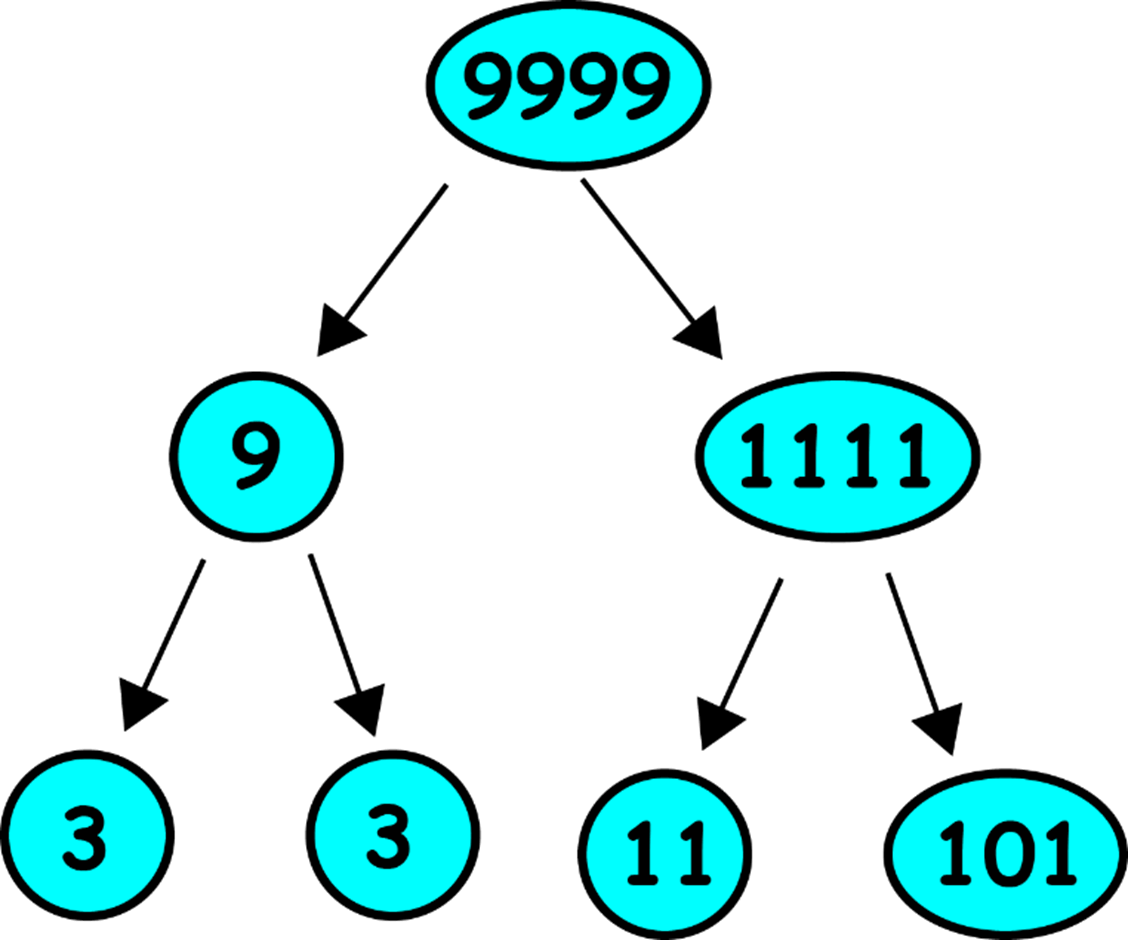
Therefore the prime factors of 9999 = 3 × 3 × 11 × 101
Q.5. Write the smallest 5-digit number and express it in the form of its prime factors.
Ans:
The smallest 5 digit number = 10000
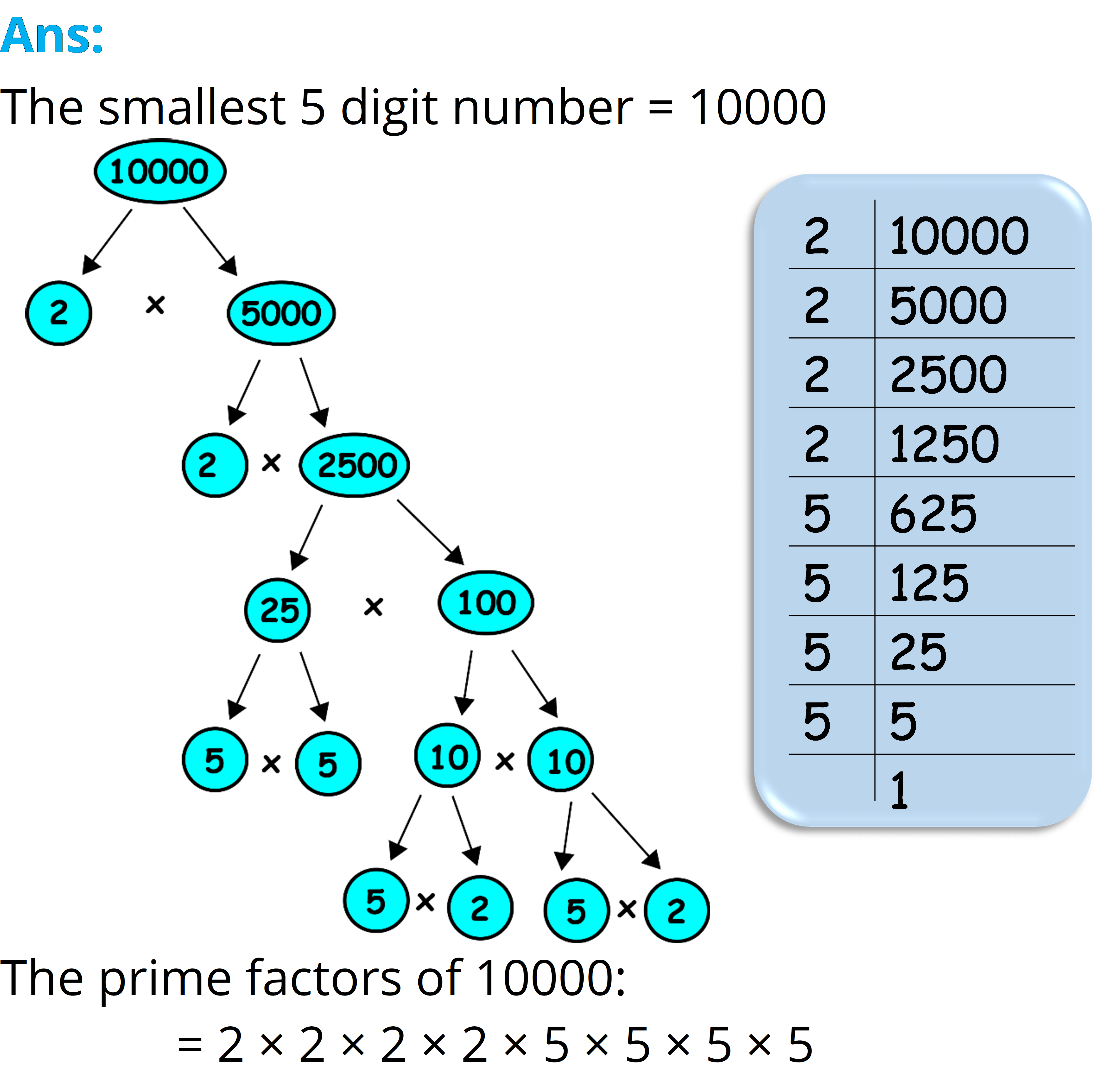
The prime factors of 10000:
= 2 × 2 × 2 × 2 × 5 × 5 × 5 × 5
Q.6. Find all the prime factors of 1729 and arrange them in ascending order. Now state the relation, if any; between two consecutive prime factors.
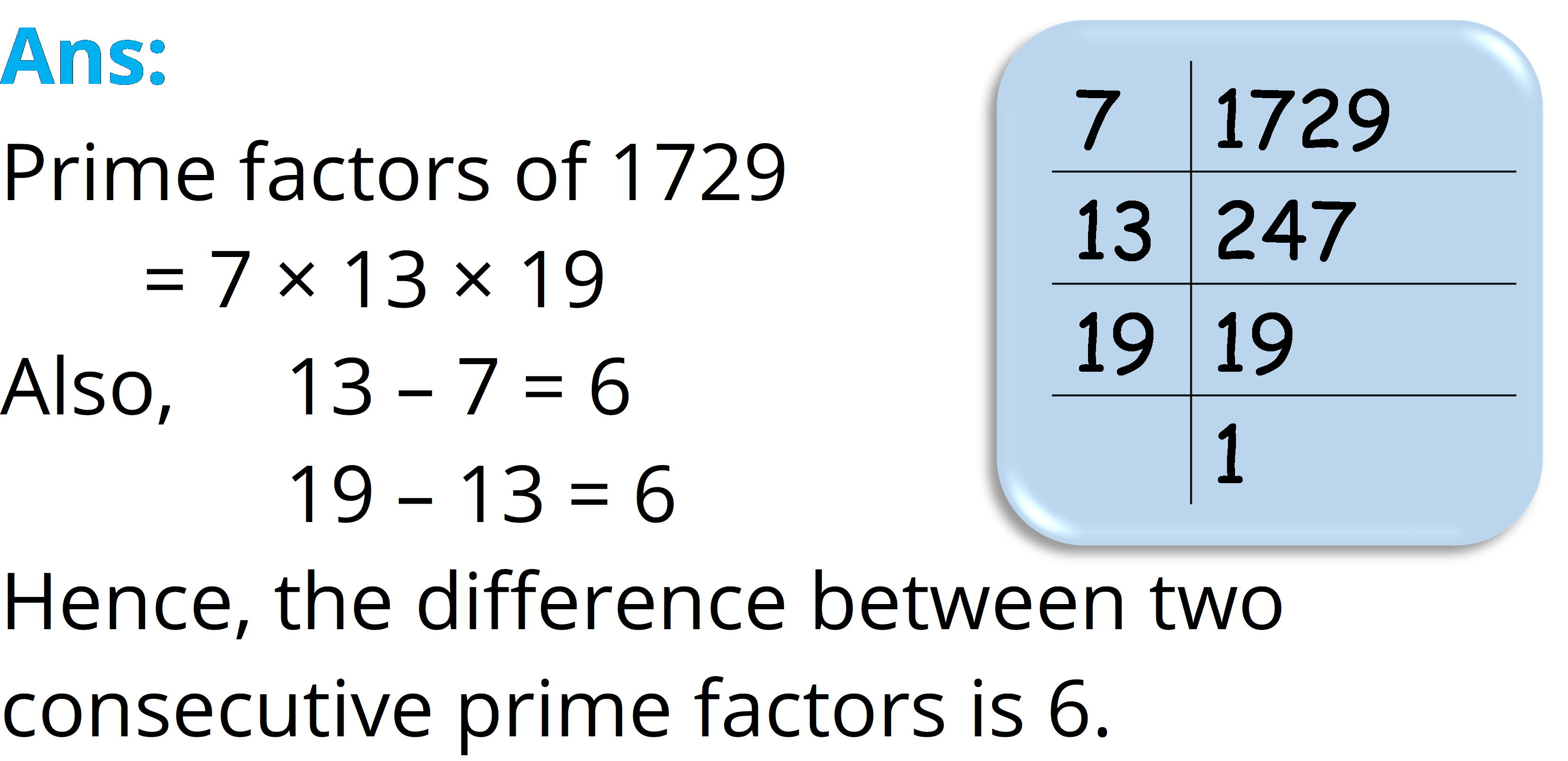
Q.7. The product of three consecutive numbers is always divisible by 6. Verify this statement with the help of some examples.
Ans:
Let’s take some examples to verify the statement “The product of three consecutive numbers is always divisible by 6”.
Example 1:
Let’s take the consecutive numbers 2, 3, and 4.
The product of these numbers is: 2 x 3 x 4 = 24.
We can see that 24 is divisible by 6 (24 ÷ 6 = 4).
Example 2:
Let’s take the consecutive numbers 5, 6, and 7.
The product of these numbers is: 5 x 6 x 7 = 210.
We can see that 210 is divisible by 6 (210 ÷ 6 = 35).
Q.8. The sum of two consecutive odd numbers is divisible by 4. Verify this statement with the help of some examples.
Ans:
(i) 3 + 5 = 8 which is divisible by 4
(ii) 5 + 7 = 12 which is divisible by 4
(iii) 7 + 9 = 16 which is divisible by 4
Therefore, the sum of two consecutive odd numbers is divisible by 4.
Q.9. In which of the following expressions, prime factorisation has been done?
(a) 24 = 2 × 3 × 4
(b) 56 = 7 × 2 × 2 × 2
(c) 70 = 2 × 5 × 7
(d) 54 = 2 × 3 × 9
Ans:
The correct answer is (c) 70 = 2 × 5 × 7.
Since, all the factors are prime. Hence, prime factorisation has been done.
Explanation:
(a) 24 = 2 × 3 × 4
Since, 4 is composite. Hence, prime factorisation has not been done.
(b) 56 = 7 × 2 × 2 × 2
Since, all the factors are already expressed in prime factorisation form. Hence, prime factorisation has been done.
(d) 54 = 2 × 3 × 9
Since, 9 is composite. Hence prime factorisation has not been done.
In other word,
It is not a prime factorisation because 9 is not a prime number. It can be simplified to 54 = 2 × 3 × 3 × 3 .
Q.10. Determine if 25110 is divisible by 45.
[Hint : 5 and 9 are co-prime numbers. Test the divisibility of the number by 5 and 9].
Ans:
If the last digit of the number 0, then it is divisible by 5.
if the sum of the digits of a number is divisible by 9, then the number itself is divisible by 9
The prime factorization of 45 = 5 x 9
The last digit of 25110 is 0. Hence, it is divisible by 5
25110 is divisible by 9 as sum of digits (2+5+1+1+0 = 9) is divisible by 9.
Since the number is divisible by both 5 and 9
Therefore 25110 is divisible by 45.
Alternatively:

Q.11. 18 is divisible by both 2 and 3. It is also divisible by 2 × 3 = 6. Similarly, a number is divisible by both 4 and 6. Can we say that the number must also be divisible by 4 × 6 = 24? If not, give an example to justify your answer.
Ans:
No, since, 12 and 36 are both divisible by 4 and 6. But 12 and 36 are not divisible by 24
Q.12. I am the smallest number, having four different prime factors. Can you find me?
Ans:
Yes, here the smallest number with four different prime factors is:
= 2 x 3 x 5 x 7
= 210.
Here, 2, 3, 5, and 7 are all different prime factors, and 210 is the smallest number having four different prime factors.
NCERT Solutions For Class 6 Maths, Chapter 3 Playing With Numbers (All Exercises)
Class 6, Maths, Chapter 3, Playing With Numbers
Class 6, Maths, Chapter 3, Playing With Numbers, Exercise 3.1
Class 6, Maths, Chapter 3, Playing With Numbers, Exercise 3.2
Class 6, Maths, Chapter 3, Playing With Numbers, Exercise 3.3
Class 6, Maths, Chapter 3, Playing With Numbers, Exercise 3.4
Class 6, Maths, Chapter 3, Playing With Numbers, Exercise 3.5 ← You are here
Class 6, Maths, Chapter 3, Playing With Numbers, Exercise 3.6
Class 6, Maths, Chapter 3, Playing With Numbers, Exercise 3.7

